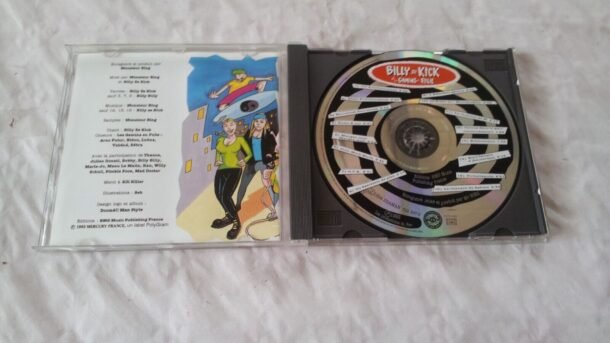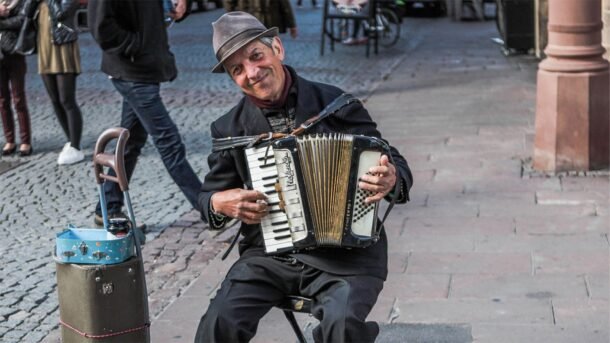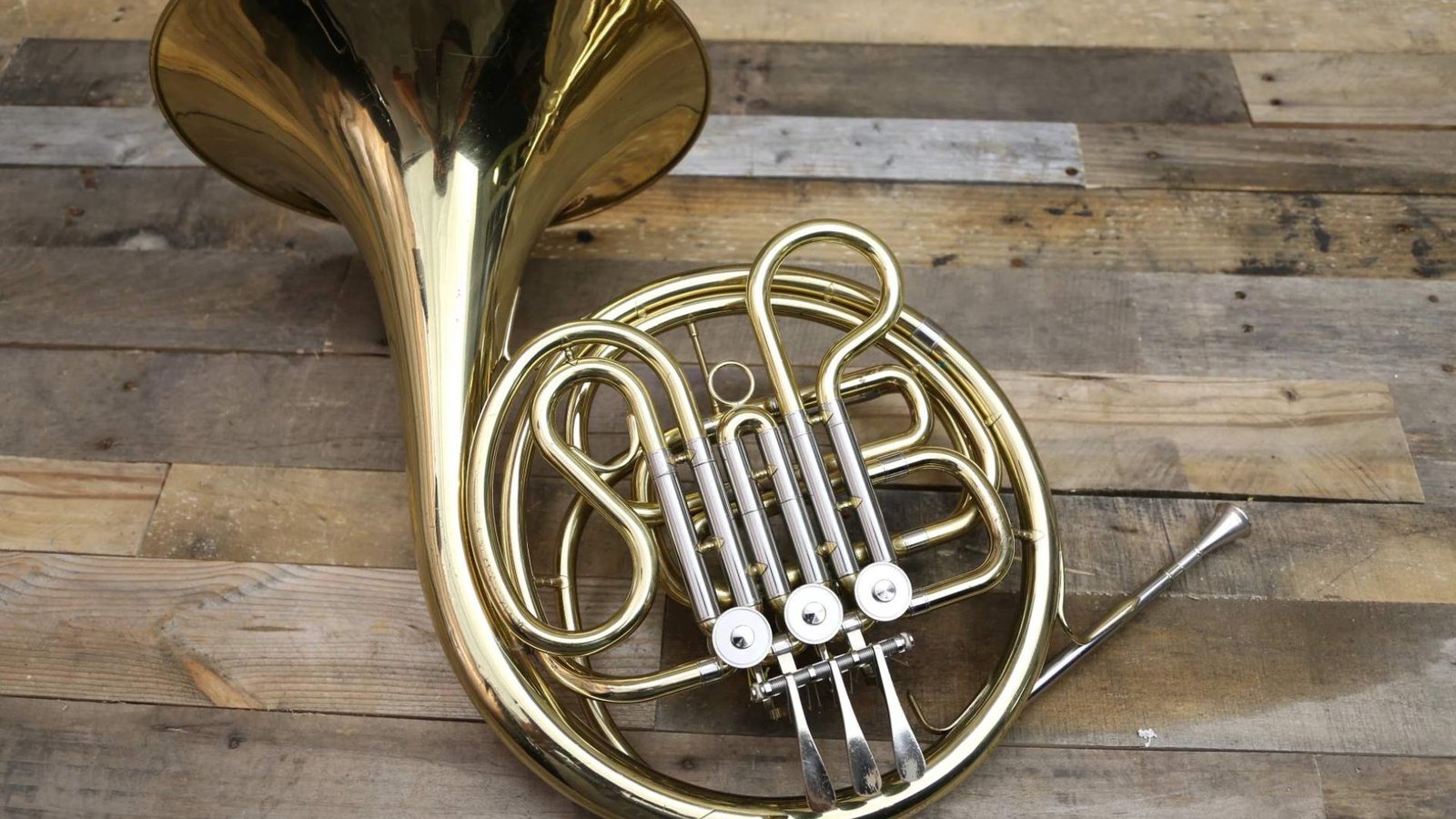The French seem to have mastered the art of stress management, blending work, leisure, and personal well-being with ease. Their lifestyle, deeply rooted in tradition and cultural values, offers insightful habits that promote relaxation, balance, and overall health.
This article explores several French habits that help the French maintain a low-stress lifestyle. These practices are not about avoiding challenges but creating a daily routine that fosters calm, well-being, and joy. Here are some French habits to keep stress at bay—and how you can too.

French Habits That Keep Stress at Bay
The Power of “La Pause” (The Pause)
One of the most powerful habits the French embrace is taking regular breaks throughout the day. This isn’t just a coffee break; it’s a cultural commitment to slowing down. The French value “la pause,” a moment of stillness, to disconnect from work or routine tasks. These short breaks—during a long lunch, a walk around the block, or a moment of reflection—help reset the mind, reduce stress, and boost productivity.
How to Adopt It:
Incorporate intentional pauses into your day. Set an alarm to remind yourself to take a 10-minute break every few hours. During this time, step away from your workspace, stretch, take a walk, or just sit quietly with a cup of tea. These small breaks can significantly improve your mental clarity and overall mood.
Savouring Long, Relaxed Meals
Meals in France are more than just a time to eat—they are an opportunity to unwind and enjoy the moment. The French have a tradition of savouring their meals, particularly lunch, which can last for an hour or more. The emphasis is on quality, not speed. Food is seen as an experience to enjoy slowly and mindfully, rather than something to rush through.
How to Adopt It:
Instead of eating at your desk or grabbing food on the go, create a dedicated time for meals. Sit down, enjoy your food, and focus on the flavours, textures, and company around you (if you’re dining with others). Avoid distractions like your phone or television, and let eating become a mindful ritual. This practice helps you slow down and can turn mealtimes into moments of peace.
Practicing “Flânerie” (Aimless Wandering)
“Flânerie,” the French term for leisurely strolling without a specific destination, is a beloved activity in French culture. This practice, often done in cities like Paris, allows people to connect with their environment in a relaxed and unhurried way. Flânerie provides a mental break from the stress of daily life and offers a chance to reflect, observe, and recharge.
How to Adopt It:
Take time each day to walk without purpose. Whether you stroll through your neighbourhood, explore a nearby park, or simply wander the streets of your city, make this walk a break from routine. Leave your phone behind or put it on “do not disturb” mode, and focus on the sights and sounds around you. This can serve as an effective form of mindfulness and a natural way to destress.
Prioritizing Work-Life Balance
In France, work is important, but it is not all-consuming. French labour laws guarantee a 35-hour workweek, and there are strong cultural norms around respecting personal time. The French also take their vacation time seriously, with many people taking weeks off during the summer to fully disconnect from work. This commitment to work-life balance helps reduce stress and avoid burnout.
How to Adopt It:
If you work from home, create a specific workspace and stick to defined working hours. Avoid checking emails or responding to work calls outside of those hours. Make sure to take regular vacations or weekend breaks to recharge, ensuring that you have time for family, hobbies, and relaxation.
Enjoying Physical Activity without Pressure
Physical activity is part of daily life in France, but the focus is not on intense workouts or strict fitness routines. Instead, the French often engage in moderate activities like walking, cycling, or yoga. These forms of exercise provide physical benefits without adding unnecessary pressure or stress.
How to Adopt It:
Incorporate low-pressure physical activities into your daily routine. Walk or cycle instead of driving, take the stairs instead of the elevator or join a yoga class. Even a 20-minute walk each day can help reduce stress levels, improve your mood, and boost your overall health.
Embracing Mindfulness and Relaxation
Mindfulness is not a new concept in France—it’s been integrated into everyday life for generations. The French place a high value on “bien-être” (well-being), which includes both physical and mental relaxation. This could mean enjoying a long bath, practising yoga, engaging in deep breathing exercises, or simply sitting in a quiet space with no distractions. These relaxation techniques promote mental clarity and reduce anxiety.
How to Adopt It:
This could be as simple as five minutes of deep breathing, a quick meditation session, or a warm bath. Prioritize self-care by creating a space in your routine where you can unwind and connect with yourself.
Cultivating Strong Social Connections
Strong social connections are crucial to managing stress in France. The French often place importance on close-knit relationships with family and friends. They enjoy gathering for meals, attending cultural events, and spending time together. Social interaction helps create a sense of community and support, which is vital for emotional well-being.
How to Adopt It:
Invest in relationships that nourish you. Spend time with friends and family, and make an effort to engage in meaningful conversations. Organize regular gatherings or outings, even if they’re small, and make time to connect with others face-to-face. Having a support system can provide emotional resilience during stressful times.
Setting Realistic Expectations and Avoiding Perfectionism
The French approach to perfectionism is more relaxed than in many other cultures. While they take pride in their work and personal accomplishments, they understand that perfection is often an unattainable goal. Instead of striving for flawless outcomes, they focus on progress and satisfaction with their efforts.
How to Adopt It:
Stop trying to do everything perfectly. Shift your focus from achieving flawlessness to simply doing your best. Set realistic goals and be kind to yourself if things don’t go as planned. Allow yourself to make mistakes, learn from them, and move forward without excessive self-criticism.
Enjoying the Little Things in Life
The French have a saying: “Le bonheur est dans les petites choses,” which translates to “Happiness is in the little things.” This mindset encourages an appreciation for the simple pleasures of life—whether it’s savouring a good cup of coffee, enjoying a sunny day, or admiring a beautiful piece of art. Focusing on the small, everyday joys helps to foster a sense of gratitude and contentment, reducing stress.
How to Adopt It:
Take time each day to appreciate small, everyday moments. Whether it’s a quiet morning, a delicious meal, or the beauty of nature, focus on these moments and savour them. Practice gratitude by keeping a journal of things you’re thankful for, no matter how small they may seem.
Taking Vacation Seriously
The French approach to vacation is deeply embedded in their culture. With a legal right to five weeks of paid vacation each year, most French people make a concerted effort to take full advantage of this time to completely disconnect from work. During vacation, it’s common to avoid checking work emails or answering work-related phone calls, allowing for a true mental and physical reset.
How to Adopt It:
Take your vacation time seriously. Plan regular breaks or trips throughout the year to fully unplug from work. Use this time to recharge, whether by travelling, relaxing at home, or engaging in a favourite hobby. Prioritize downtime to avoid burnout and return to work feeling refreshed and recharged.
Conclusion
The French lifestyle offers valuable lessons in managing stress through balance, mindfulness, and a focus on enjoyment. By adopting these habits—such as taking intentional breaks, savouring meals, embracing physical activity, and prioritizing social connections—you can cultivate a more relaxed, stress-free life. Whether you’re navigating the pressures of work or simply trying to maintain a healthy lifestyle, the French approach can offer a refreshing perspective on how to slow down and find peace in a fast-paced world.
You will find the following information useful:


















